Does Income Affect Your Credit Score? [2021]
A lot of people wonder whether or not their income affects their credit score. The answer is a little bit more complicated than a straight “yes” or “no” since there
A lot of people wonder whether or not their income affects their credit score. The answer is a little bit more complicated than a straight “yes” or “no” since there
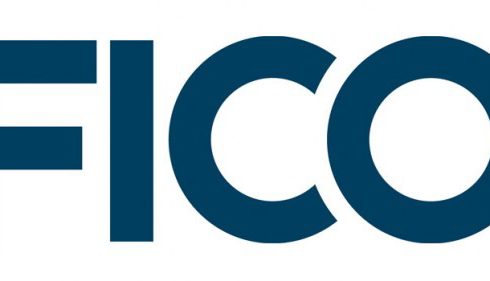
Credit mix is a category that accounts for 10% of your total FICO score. It’s an often overlooked category and probably the least discussed category of your score. While it’s
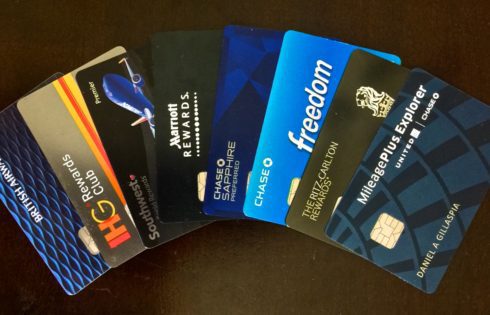
For a lot of beginners, there’s some confusion regarding whether or not you should pay off your credit card balance each month. A lot of people actually think it harms
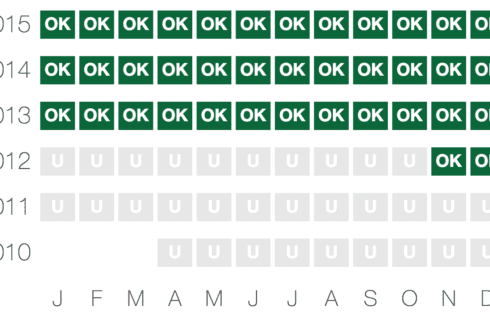
Payment history is the most heavily weighted factor in the FICO credit score formula. It’s very important to understand the effect that a late payment will have on your credit

Keeping up with your credit score and report is crucial given all of the different ways that your credit score can impact your daily life. Luckily, there’s a number of
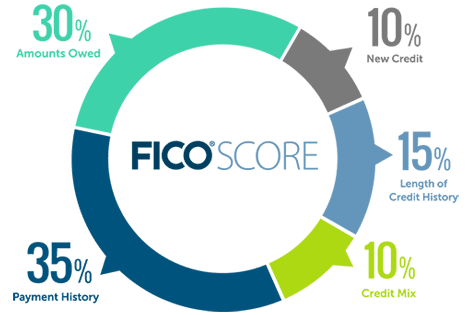
The reality is that in most cases, there’s no quick fix to your credit score. When you make a mistake like missing a payment or falling into delinquency, you often
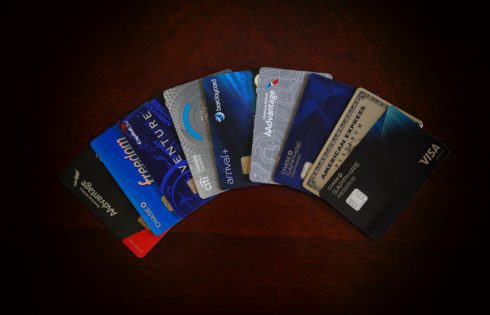
Do you have a credit score of 730 (or stuck to close to 730) and are you wondering what your approval odds are for credit cards or how to improve

The focus on UponArriving is obtaining some of the best rewards credit cards and so when I talk about the importance of credit, that’s usually the #1 reason why. But

Goodwill letters to creditors are the first line of defense for many trying to rebuild their credit by getting negative remarks like late payments removed. Goodwill letters are simple letters

Credit limit increases are an easy way to help decrease your credit card utilization and give your credit score a boost. With a credit limit increase, a bank will increase
| Cookie | Duration | Description |
|---|---|---|
| cookielawinfo-checkbox-analytics | 11 months | This cookie is set by GDPR Cookie Consent plugin. The cookie is used to store the user consent for the cookies in the category "Analytics". |
| cookielawinfo-checkbox-functional | 11 months | The cookie is set by GDPR cookie consent to record the user consent for the cookies in the category "Functional". |
| cookielawinfo-checkbox-necessary | 11 months | This cookie is set by GDPR Cookie Consent plugin. The cookies is used to store the user consent for the cookies in the category "Necessary". |
| cookielawinfo-checkbox-others | 11 months | This cookie is set by GDPR Cookie Consent plugin. The cookie is used to store the user consent for the cookies in the category "Other. |
| cookielawinfo-checkbox-performance | 11 months | This cookie is set by GDPR Cookie Consent plugin. The cookie is used to store the user consent for the cookies in the category "Performance". |
| viewed_cookie_policy | 11 months | The cookie is set by the GDPR Cookie Consent plugin and is used to store whether or not user has consented to the use of cookies. It does not store any personal data. |
